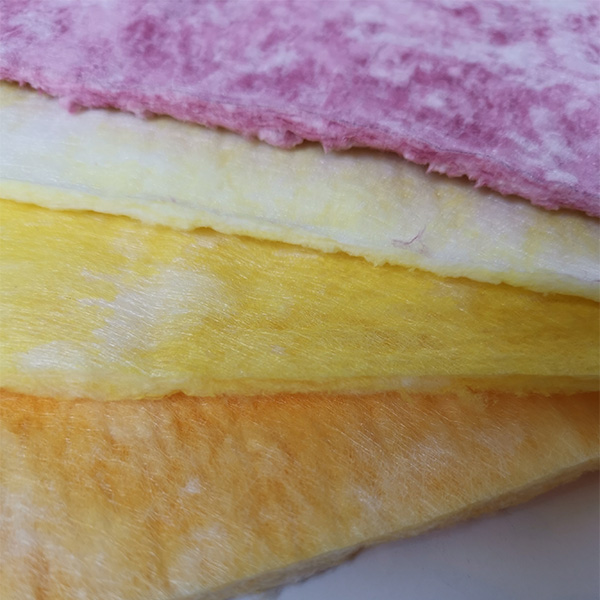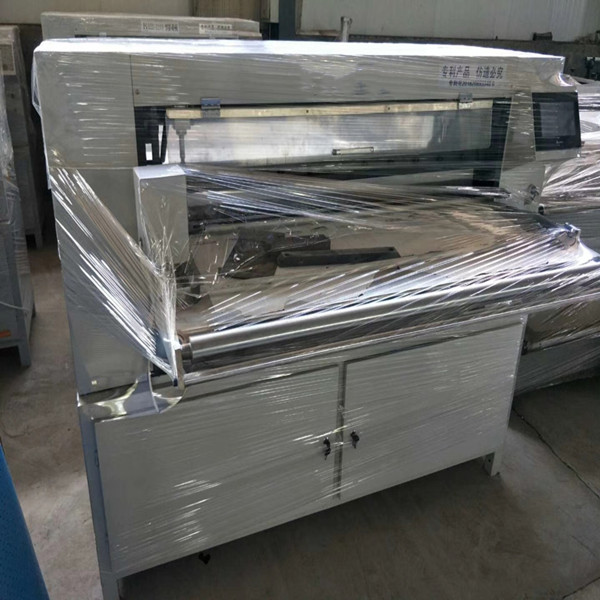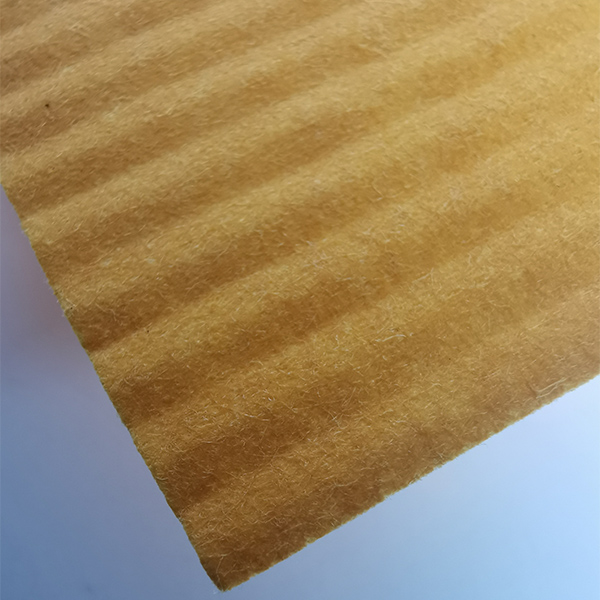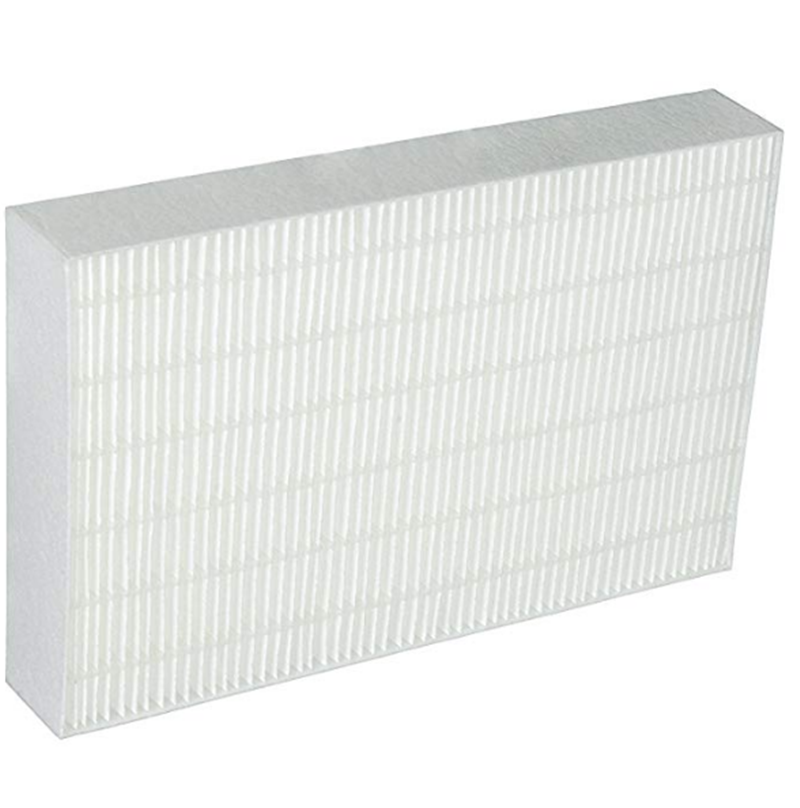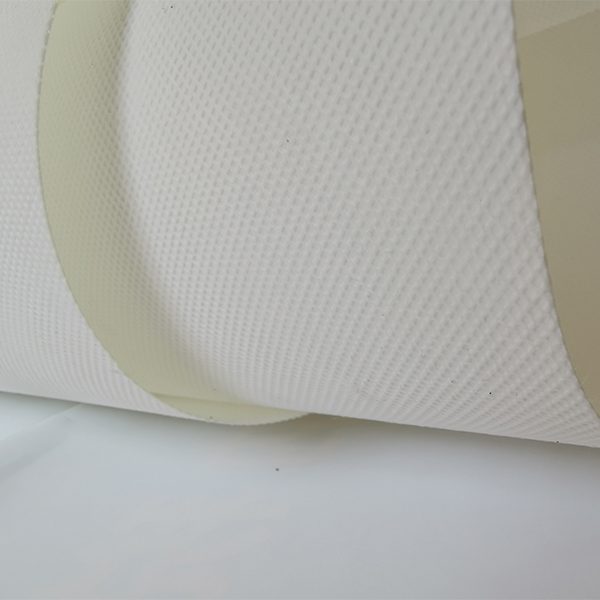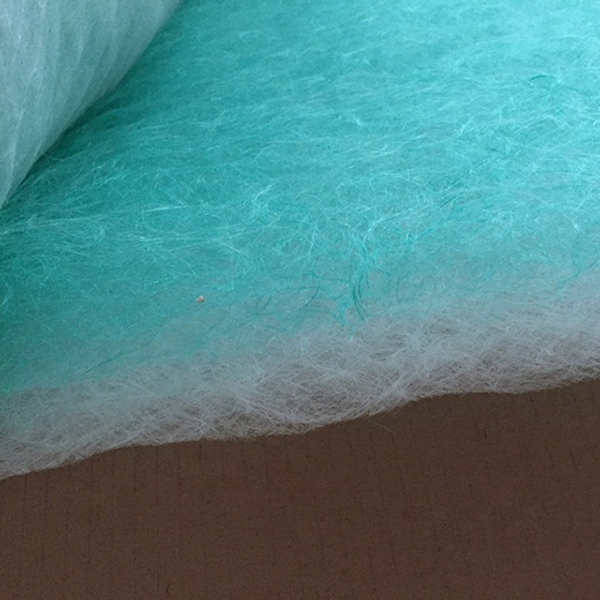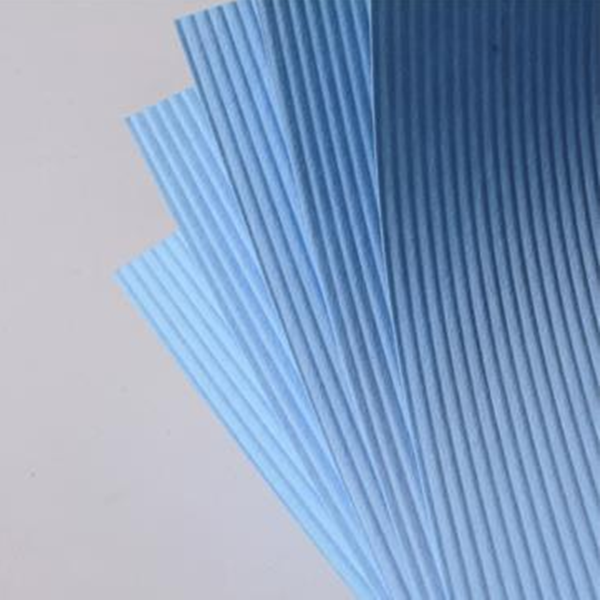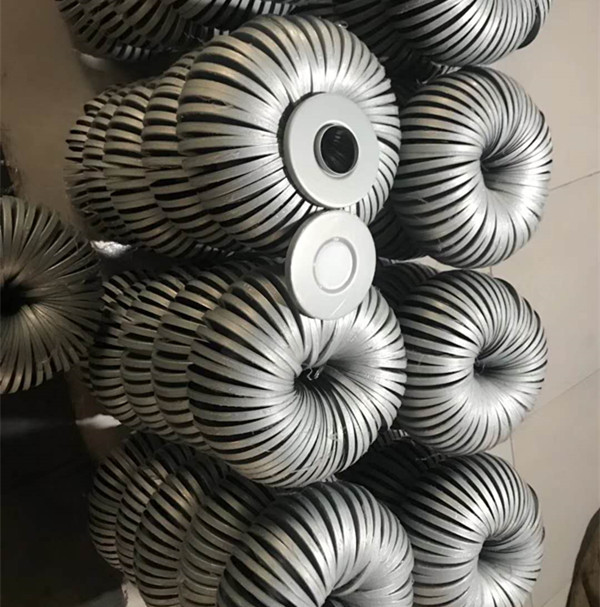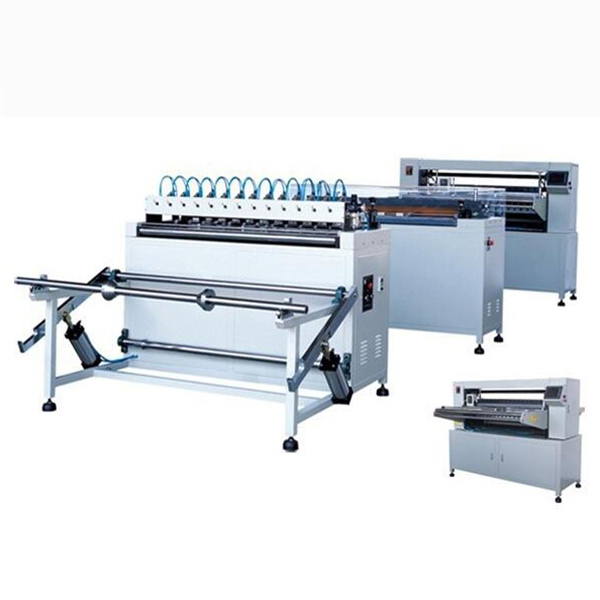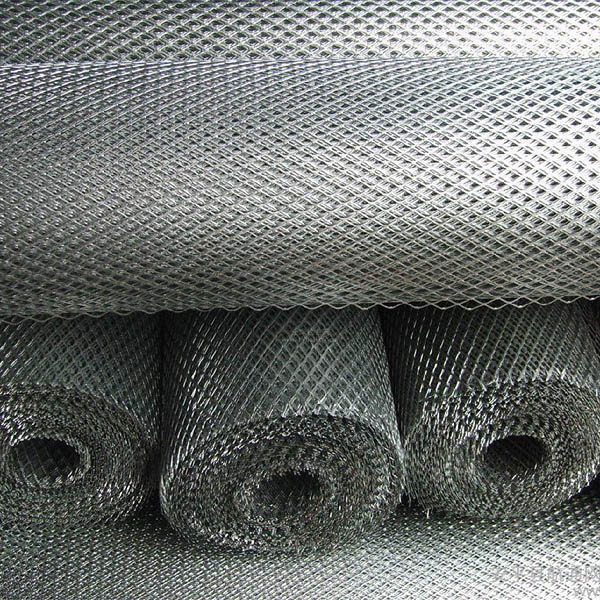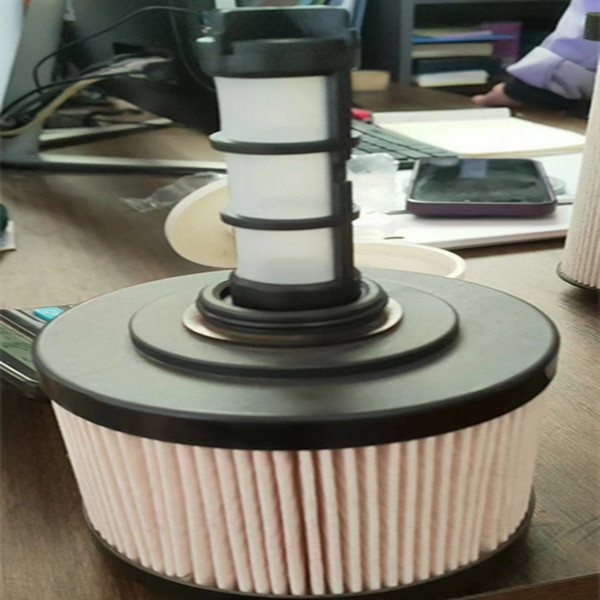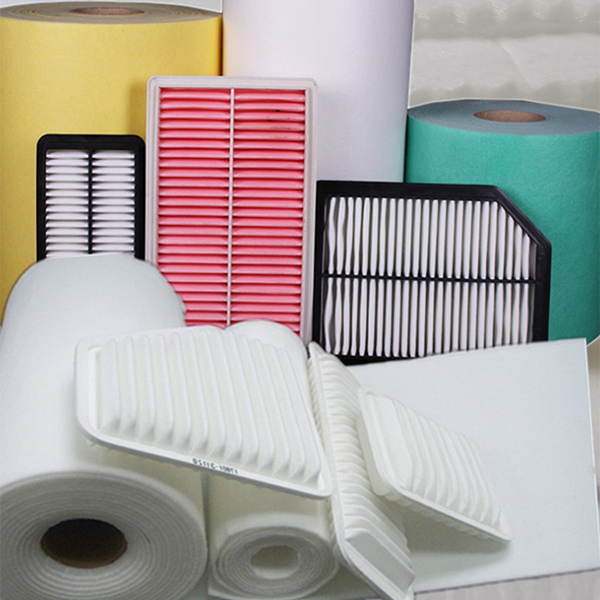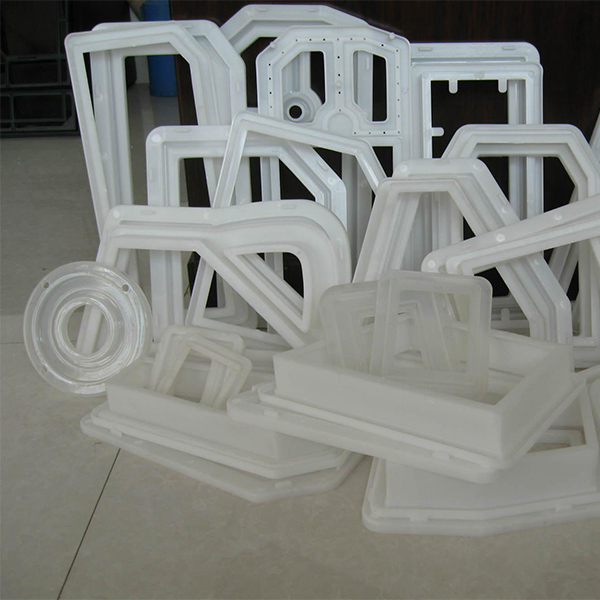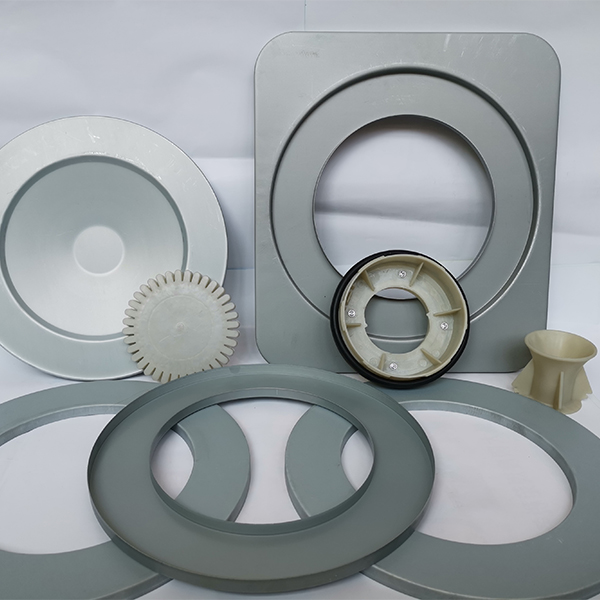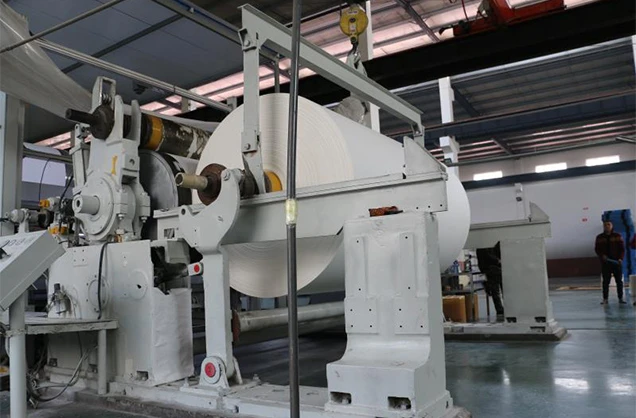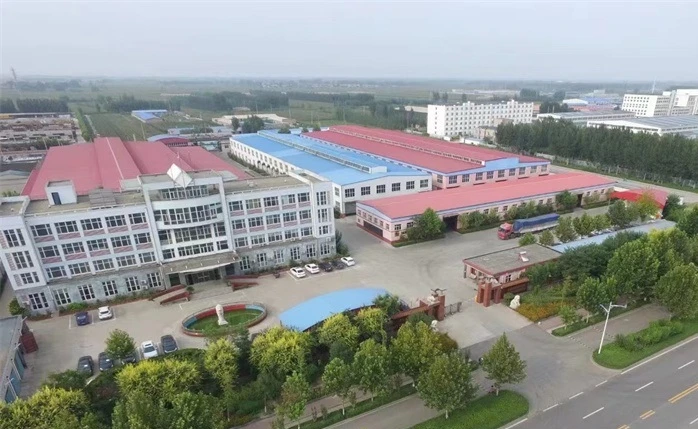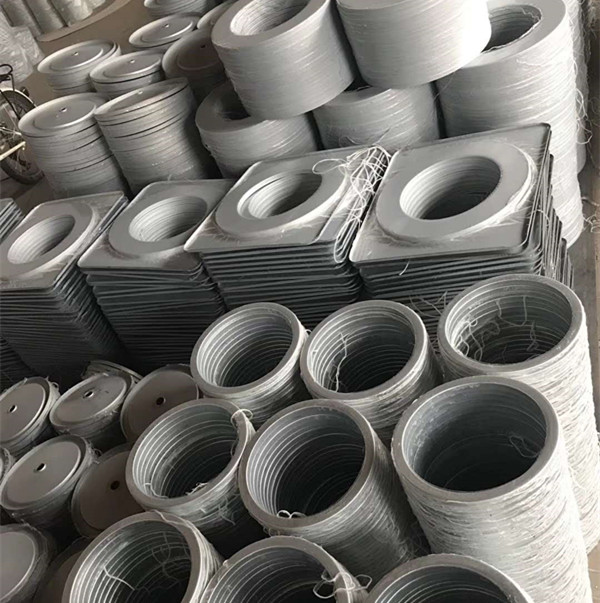- Introduction to Advanced Filtration Solutions
- Technical Advantages of Pocket Filter Media
- Performance Comparison: F5 vs. F6 vs. F8
- Customization Options for Industrial Needs
- Real-World Applications and Case Studies
- Maintenance and Longevity Best Practices
- Why Pocket Filter Media Dominates Modern Filtration
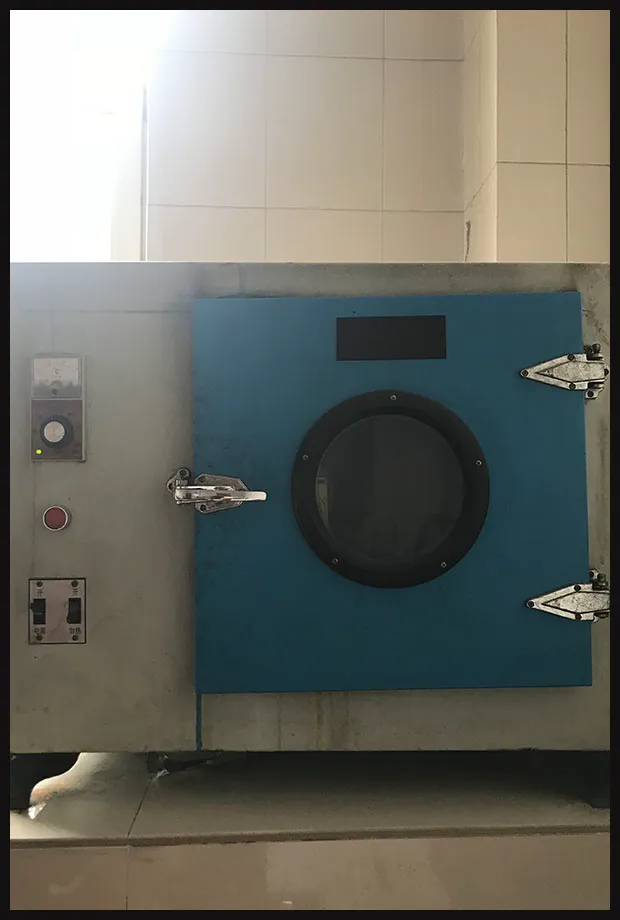
(pocket filter media)
Introduction to Advanced Filtration Solutions
Pocket filter media, particularly F6, F8, and F5 variants, have revolutionized industrial air and liquid filtration. These solutions combine high-efficiency particle retention with energy-saving designs, making them indispensable in sectors like pharmaceuticals, HVAC, and manufacturing. According to a 2023 industry report, global demand for pocket filter media
has surged by 18% annually, driven by stricter air quality regulations and the need for sustainable filtration systems.
Technical Advantages of Pocket Filter Media
Pocket filters excel in three areas: dust-holding capacity, pressure drop optimization, and reusability. F6 pocket filter media, for instance, achieves a MERV 13 rating, capturing particles as small as 1 micron with 90% efficiency. Advanced synthetic fiber blends enhance durability, while pleated designs increase surface area by 300% compared to flat-panel filters. This reduces energy consumption by up to 25%, as validated by ASHRAE testing standards.
Performance Comparison: F5 vs. F6 vs. F8
| Parameter | F5 | F6 | F8 |
|---|---|---|---|
| Efficiency Rating | MERV 8 | MERV 13 | MERV 15 |
| Initial Pressure Drop (Pa) | 70-90 | 90-120 | 120-150 |
| Dust Holding Capacity (g/m²) | 180 | 250 | 320 |
| Average Lifespan (months) | 6-8 | 9-12 | 12-18 |
| Typical Applications | Pre-filtration | Hospital HVAC | Pharma Cleanrooms |
Customization Options for Industrial Needs
Manufacturers offer tailored pocket filter media configurations, including adjustable pocket depths (20-500mm), temperature-resistant materials (up to 120°C), and hybrid layers for chemical filtration. For automotive paint shops, F8 pocket filter media with activated carbon coatings reduces VOC emissions by 98%. Modular designs allow combining F5 pre-filters with F6 secondary stages, optimizing total cost of ownership.
Real-World Applications and Case Studies
A pharmaceutical facility in Germany upgraded to F8 pocket filter media, achieving ISO 14644 Class 7 cleanroom standards while cutting filter replacement costs by 40%. In contrast, a Texas data center using F6 media reported a 22% reduction in cooling energy usage. These examples highlight the adaptability of pocket filters across industries, with ROI periods averaging 14 months.
Maintenance and Longevity Best Practices
To maximize pocket filter media lifespan, implement quarterly inspections and differential pressure monitoring. Cleanable F5/F6 variants can undergo up to 5 wash cycles without efficiency loss, provided operators use pH-neutral detergents. Always replace filters when pressure drop exceeds 200% of initial values or after 15,000 operational hours, whichever comes first.
Why Pocket Filter Media Dominates Modern Filtration
F6, F8, and F5 pocket filter media represent the pinnacle of filtration technology, balancing performance with sustainability. As industries face tighter emissions regulations and energy costs rise, these solutions deliver unmatched value. With 92% of Fortune 500 manufacturers now standardizing on pocket filters, their role in achieving net-zero operational goals is undeniable.
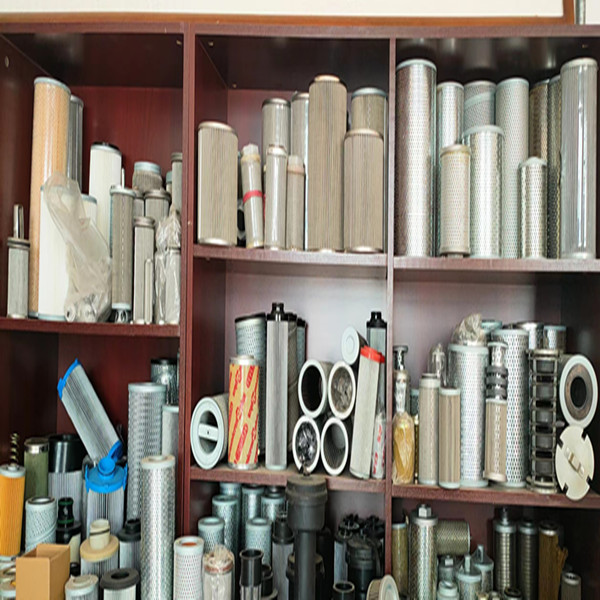
(pocket filter media)
FAQS on pocket filter media
Q: What is pocket filter media used for?
A: Pocket filter media is designed to capture airborne particles in HVAC systems. Its pleated structure maximizes surface area for efficient filtration. It’s commonly used in commercial and industrial settings.
Q: What distinguishes F5, F6, and F8 pocket filter media?
A: F5, F6, and F8 denote filtration efficiency levels per ISO standards. F5 filters particles ≥1µm, F6 targets finer particles, and F8 offers higher efficiency for sub-micron contaminants. Higher grades suit stricter air quality needs.
Q: How often should F8 pocket filter media be replaced?
A: Replacement depends on usage and environment. Typically, F8 filters last 6–12 months in moderate conditions. Monitor pressure drop or follow manufacturer guidelines for optimal performance.
Q: Can F5 pocket filter media improve indoor air quality?
A: Yes, F5 filters effectively reduce dust, pollen, and larger allergens. They’re ideal for offices, schools, and light industrial areas. However, they’re less efficient than F6 or F8 for smaller particles.
Q: What are the advantages of F6 pocket filter media over flat panel filters?
A: F6 pocket filters have a larger surface area, ensuring longer lifespan and lower energy consumption. Their deep pockets trap more particles while maintaining airflow. They’re ideal for high-demand environments like hospitals or labs.
Post time: 4-р сар-27-2025

